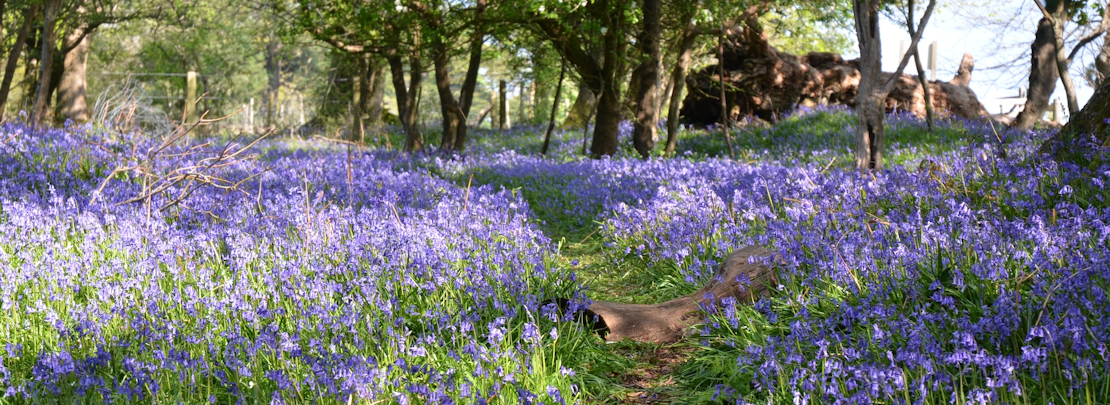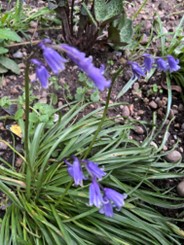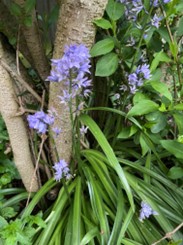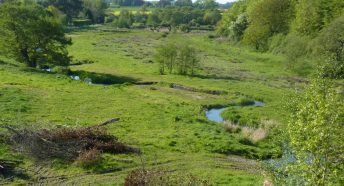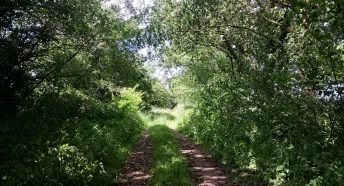The End of the Bluebell?
Norfolk is one of the country’s hotspots for the native bluebell, a wonderful sight in woodlands in the spring, creating a carpet of deep blue amongst the trees.
I was recently alerted to a threat to this flower via an article on EDP24, in the form of the Alexander, or Horse Parsley. This plant was introduced by the Romans and has become very prolific on many roadside verges. Like other invasive species it can be beautiful but once it takes hold, it smothers our native flower species.
Sadly there is another threat, specific to our bluebell. This threat is now so common that many people think these plants are our native species, whereas they are actually a European invader. You can liken this to the grey squirrel invasion that arrived from North America and drove out our native red squirrel to the verge of extinction. We still have squirrels, but I know that I would rather see our native red.
A Spanish invasion
The invader in this case was introduced hundreds of years ago from Spain and Portugal as a new garden flower. It is even called the Spanish Bluebell, otherwise known as the Spanish squill, or Hyacinthoides hispanica to give it the botanical name. And like the grey squirrel compared with the red, it is clearly a relative of our own bluebell, Hyacinthoides non-scripta.
The Spanish squill is the dominant species and is very prolific. It hybridises with our native bluebells, diluting its characteristics. The resulting cross-breeds threaten the existence of our native variety by out-competing it and diluting the gene pool.
It was not recorded in the wild until the early 1900s, but since the 1980s it has become common. Part of the spread was generated when the squill was sold as our native species for woodland restoration projects, and our warming climate may also have played its part. Recently the Royal Horticultural Society featured a garden with a carpet of bluebells, and ITV had a weather report from a bluebell wood in Surrey, both with the invasive species not the native variety.
Controlling the invader
The Woodland Trust estimate that one in six woodlands have been invaded and are now under threat, but this number is growing. Weeding out the squill plants has proved a successful control measure, but this is an ongoing task and quite a challenge with the numbers of invasive plants abounding. But if we want to save our bluebell, it is a task we must undertake before it is too late.
Can you tell the difference?
Telling them apart is quite easy. The squill has thicker leaves, tends to be a bigger plant, has a much lighter blue flower (they can also appear in pink and white), and a real key difference is that they are more upright and have flowers all the way round the stem. Our native bluebells are much darker in colour, have flowers on one side of the stem only, and this creates drooping stems.
I have squills in my garden that have appeared next to bluebells, and you can see the difference from the pictures below – I will let you identify which is which.
